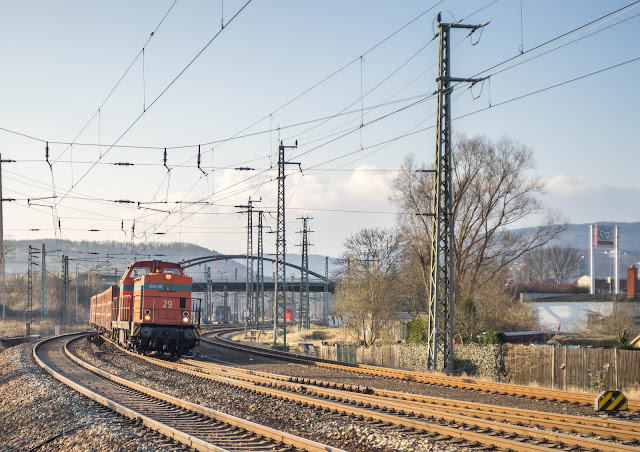 |
| Sony a7 with CZ 50mm at f/2.8 near minimum focus distance |
First the good news: This I will conclude the series of articles about the relatively inexpensive standard lenses. Sure, I could also use the Leica Summicron or Mitakon 50mm f / 0.95 to write an article, but who should pay me the expensive lenses?
The Tessar from Zeiss is relatively faint. The lens and its optical calculation are quite old and are originally from the year 1902. At that time, in the very first versions with an initial aperture of 6.3. The optical design is very simple and virtually free of astigmatism and field-curvature. The name and the Tessar optical calculation were patented by the company Zeiss. After the patent protection had expired have all the major manufacturers (such as Leica, Minox, Voigtländer or Pentax) built such Tessars.
The sharpness of the recalculations from the thirties was incredible and the Tessar was one of the most popular lenses in the normal range was until then replaced by the 50mm f / 1.8.
My copy comes according to his serial-number from the years 1967 to 1970. These are the so-called Zebra version, that is the aperture and focus ring in the changes are striped black and aluminium color. It has four lenses into three groups. The filter diameter is 49mm. The minimum focus distance is very good with 35 centimeters. The focusing ring moves smoothly, the focusing path is pleasantly long and suitable for accurate focus. The bezel of aperture snaps accurately and clearly audible. You can use the lens after some practice without eye contact.
There are on the used market an incredible number of different versions of this Tessars, but is common to all the letter "T" in the name, which stands for Tessar. Many versions are equipped with M42 thread. You can easily use the lens with an adapter on Micro Four Third, Sony E-mount or other bayonets.
In the period 1965-1980 there was due to a patent dispute to the name "Zeiss" between the companies Zeiss Oberkochen and Zeiss Jena. The negotiated compromise was that wore the lenses produced in East Germany only the inscription "from Jena". The addition "Zeiss" was omitted.
The Tessar is very sharp at maximum aperture in the center, the edge drop to the corner is moderate. From Aperture 5.6, the entire image from one to the other corner is razor sharp. Even at full aperture, the contrast is very good, but sometimes show slight blur effects. The Bokeh is very creamy and quiet. This blurring of the background is the real highlight of the lens. Photos are also in backlight and sidelight pleasant to the viewer.
One note: you should the exposure on the camera with this lens on about provide - 0.3 to -0.6 EV, as Tessar overexpose usually something.
 |
| Sony a7 with CZ 50mm at f/2.8 |
 |
| Sony a7 with CZ 50mm at f/5.6 |
 |
| Sony a7 with CZ 50mm at f/2.8 |
So if you do not mind the lack of light intensity, gets to the Tessar a very good standard lens for almost any occasion. Prices for used lenses begin- depending on the condition- on EBay anywhere from five Euros and level out in general at twenty Euros.
Since you can not complain. This value for money is unbeatable one.
 |
| Sony a7 with CZ 50mm at f/2.8 nearby the minimum focus distance |
 |
| Sony a7 with CZ 50mm at f/4.0 |
 |
| Sony a7 with CZ 50mm at f/2.8 |













